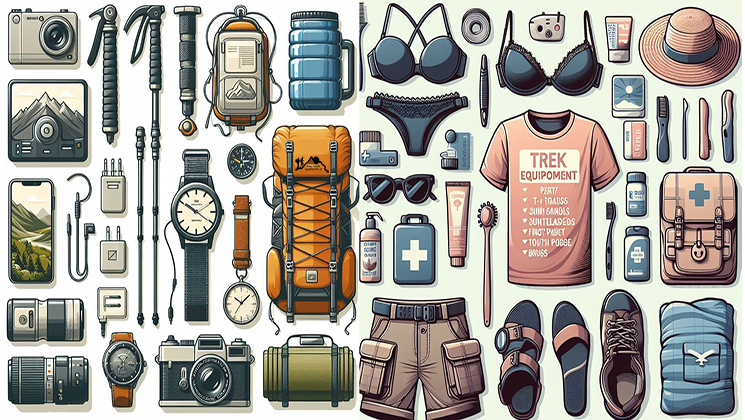
Trekking equipment information.
Essential trekking equipment includes the gear and clothing you use to stay safe, warm, and comfortable while trekking in the Nepal Himalayas. In the high mountains, where weather shifts quickly, you wear layered clothing and carry reliable gear to adapt to changing conditions. With the right equipment, you hike more confidently, stay protected, and enjoy the breathtaking Himalayan scenery to the fullest.
Get ready for your mountain trek with our essential equipment checklist. It helps you pack smart for any of our trips. Keep your load light to follow luggage limits. Your gear should match the trek’s location, season, altitude, and length.
Trekking Equipment’s Checklist
Check the sample list below. You don’t need everything and use your judgment and experience to decide what’s best.

Drinking Water
A bottle of water is essential for staying hydrated. In warm conditions, drink one liter per hour, while in cooler weather, two cups per hour may suffice. At high altitudes or in extreme heat, intake doubles to one liter every hour.
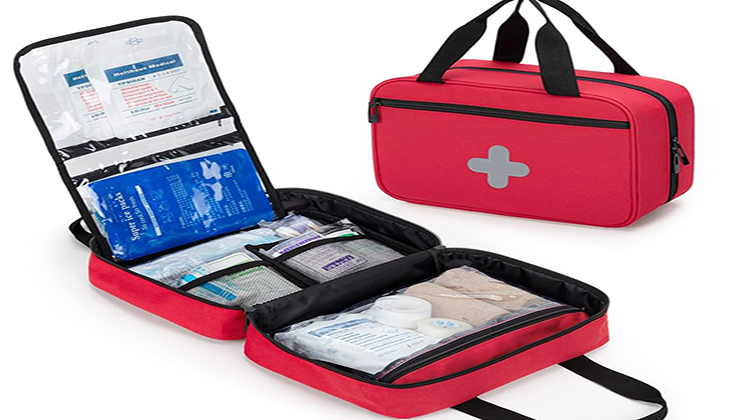
First Aid Medical Kit
A Dettol/Savlon, crepe bandage, cotton, antiseptic creme, a course for each including pain killer, headache, vomiting, anti-inflammatory, and stomach upset, Volini spray. Together all these weigh again a maximum of 500 grams.
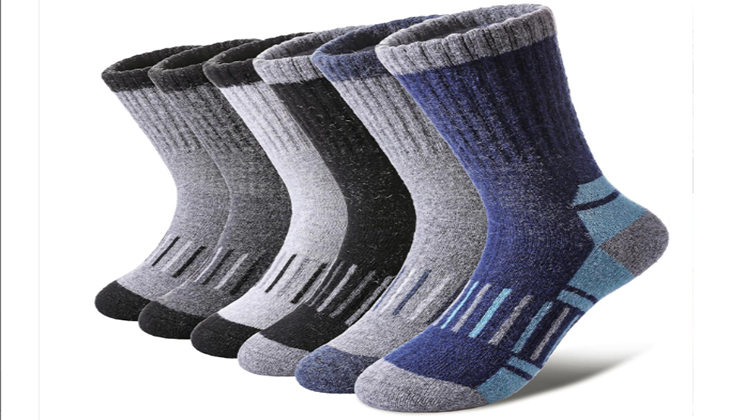
Hiking Socks
Well-insulated, waterproof hiking boots with ankle support and strong grip are essential for trekking in the Himalayas, especially on rocky or icy terrain. While branded boots offer superior comfort and durability, budget options work well if properly broken in; for winter or high-altitude treks, insulated boots with solid traction are highly recommended.
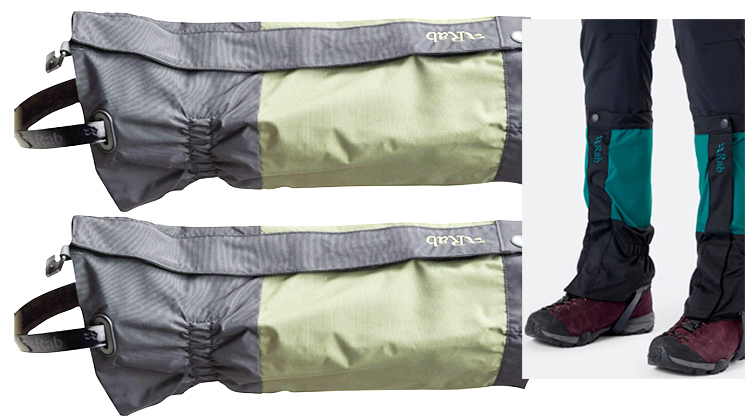
Using Gaiters
Gaiters are essential for keeping your feet warm and dry on wet or snowy trails. Alpine style gaiters secure to bootlaces and stay in place with a strap under the instep, making them ideal for most trekking conditions. They are highly useful and widely available in Kathmandu’s gear shops.
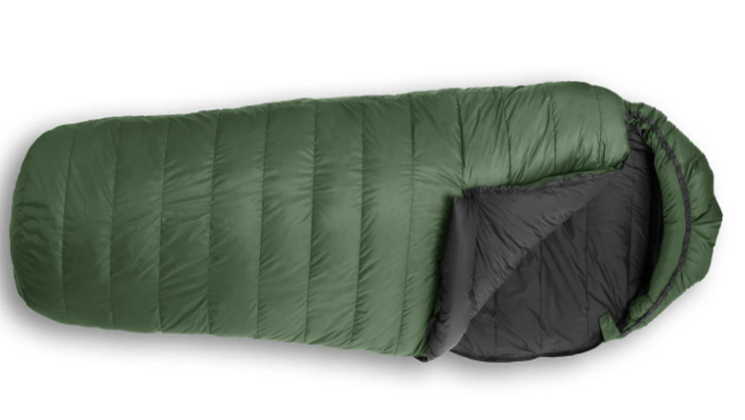
Sleeping Bags
A warm sleeping bag rated between -10°C to 0°C is essential for trekking in the Himalayas, ensuring comfort during cold mountain nights. Super dawn filled sleeping bags provide superior insulation, while synthetic options are more budget-friendly; adding a liner or extra layer can enhance warmth in extreme conditions.
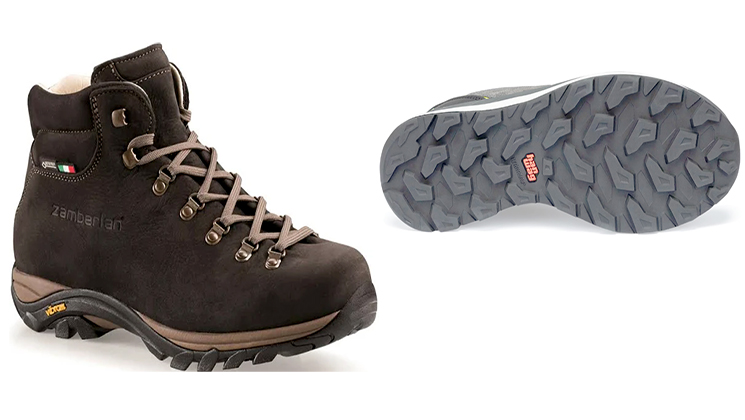
Hiking Shoes
Sturdy, well-insulated hiking boots are a must for trekking in the Himalayas. Pick waterproof boots with ankle support and strong grip for rocky or icy trails. Trusted brands offer better comfort and durability, but they’re not mandatory. If you go for budget options, break them in early to avoid blisters. For high-altitude or winter treks, insulated boots with strong traction are best for snow and extreme cold.
Luggage on Trekking:
A rucksack is essential for trekking, as porters carry the main packs. Even if you bring a suitcase for Nepal, Bhutan, or Tibet, a proper backpack (Rucksack) is necessary for the trek. Keep your packed bag under 12 kg (26.5 lbs) to ensure safe porter loads. Avoid unnecessary items or gear easily available on the trail. Leave home keys, heavy clothes, jewelry, and single use gear at your hotel or with the Gokyo Treks agency. You can collect them upon returning to Kathmandu.
Check the luggage Policy:
When hiking in the Himalayas, it’s important to be aware of baggage allowances. Many airlines charge extra for overweight bags. For flights from Kathmandu to Pokhara, you’re allowed 25 kg (55 lbs), while flights to Jomsom, Lukla, Rara, Tumlingtar, Sukilumba, and Dolpa permit 15 kg (33 lbs). If using porters, each can carry a maximum of 24 kg (52.8 lbs). If your backpack exceeds 12 kg (26.4 lbs), an additional fee of US$1 will apply, paid directly to your porter.
Hand carry policy:
For added security, keep valuables such as your passport, wallet, and expensive jewelry in a lightweight daypack. When traveling in Nepal, consider leaving your important items, like your ID and keys, at the Gokyo Treks agency office. During your trek, carry a small daypack to hold essentials like a water bottle, first aid kit, camera batteries, and other personal items.
Suggested key equipment or trekking pack List for trekking in the Nepal Himalayas.
| For Low and Moderate Altitude Trekking | |
|
|
For Higher Altitude Trekking (Above 4000m) |
|
|
|
Peak Climbing and Expedition Equipment checklist key things |
|
|
|
